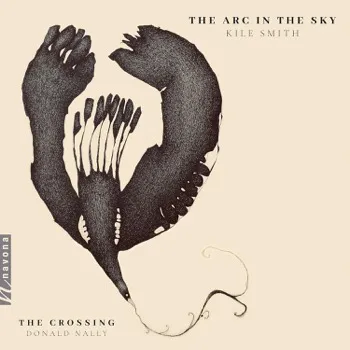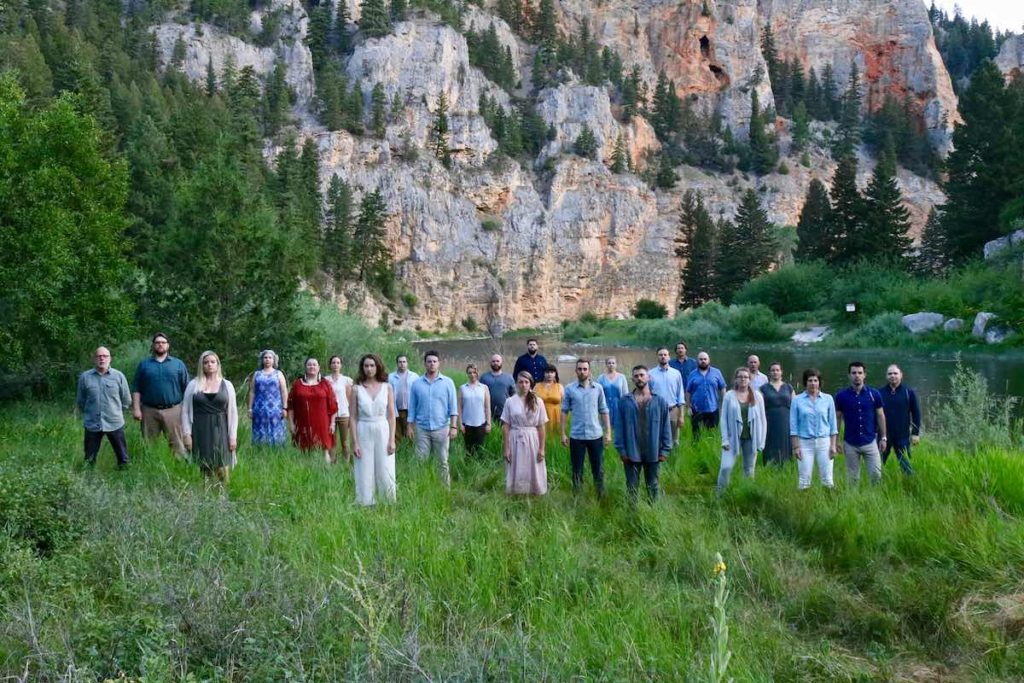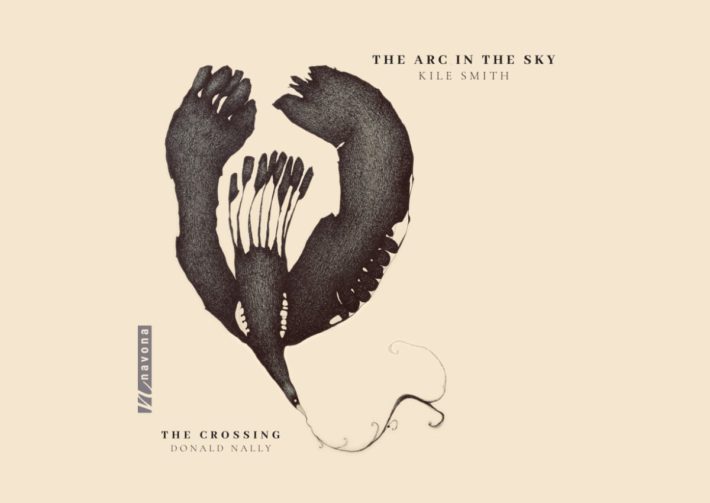Two decades after his death, the American poet Robert Lax remains a relatively unknown writer. Biographically, he was a Jew-become-Christian who spent most of his life on Patmos, the Greek island where St. John had the visions recollected in Revelations. But Lax was also a brilliant minimalist poet, writing about spirituality with simple words. Themes of Lax’s poetry include patience, finding holiness in the profane, and, luckily for us all, music. He wrote, “jazz is for / the outer temple, / for the courts / of the house / of God.”

Kile Smith’s hour-long setting of Lax’s poetry, “The Arc In The Sky,” is a masterful distillation of the poet’s philosophy into music. The choral style that matches Lax’s poetic one is happily in vogue: simple melodic lines and straightforward but often clashing harmonies, coupled with complex rhythms and intricate word-painting. Smith, a composer equally capable of writing for renaissance band, symphony orchestra or chamber choir, brings his full skillset to bear on this new work, which at various times rocks, rolls, mourns, murmurs, laments, and glorifies.
Smith’s writing was surely aided by his knowledge that The Crossing would be performing his work. The Crossing has been on the forefront of contemporary choral music for 10 years, commissioning new works and recording them at alarming rates from superstar composers such as Caroline Shaw, David Lang, Ted Hearne, and John Luther Adams. Coincidentally, The Crossing’s first recording was a work by Smith, a Renaissance and Lutheran-inspired piece called Vespers, that could scarcely contrast more strongly with this new work. On this recent release, the choir’s sound is as distinctively modern as the Vienna Philharmonic’s is classical, and just as dignified.
Smith’s self-described “pilgrimage for unaccompanied choir” comprises three sections: “Jazz,” “Praise,” and “Arc.” “Jazz,” the work’s strongest section, begins with “why did they all shout,” an exhilarating account of the public response to Louis Armstrong’s “prophetic” and virtuosic horn playing. Both choir and composer are in their element here. To musically depict people’s enthusiasm, Smith uses syncopation, disjointed melodic lines, sharp dissonances, and smooth octaves; The Crossing handles all these with aplomb, managing to sing vivaciously and pensively at the same time. Smith’s text setting is at its most organic here, leaping along with the poetry, and The Crossing rightly uses the text underlay as the starting point for their interpretation.
The following two movements in “Jazz” are equally wonderful. “there are not many songs” is a lush, half cabaret-piece, half lullaby, of which Smith writes in the liner notes, “I decided I would go all the way in [to the jazz idiom] and see what happened.” Thankfully, what happened was gorgeous, although the movement is slightly too self-consciously a song-about-a-song. “Cherubim and Palm-trees” gives us a vivid picture of what Lax calls a “jam-session of the just,” a vision of jazz as religious expression, that does not disappoint from a musical or textual point of view.
Smith’s intentions for the entire work seem to be laid bare in the opening of the second section, “I want to write a book of praise.” The poem describes Lax’s yearning to describe spiritual things without “the religious words,” but with “little words that people respect and do not fear.” Smith takes the instruction literally in that movement, alternating quasi-plainchant verses with a calm, reassuring chorus — but throughout the piece, too, he has (mostly) conspicuously avoided the “religious words” of the classical canon such as strict counterpoint and formal cadences. The Crossing has also heeded these instructions, singing the entire piece with a plain, non-vibrato tone. In fact, the only possible complaint about the singing on this album is the lack of vibrato: some of the movements desperately need it, like “there are not many songs,” “Psalm,” and “The Arc in the Sky.” There are a few, wonderful seconds’ worth of vibrato scattered throughout the album, but for the most part it seems to be the choir’s artistic choice to sing without it.

The rest of the piece has its highlights, the lament “Jerusalem” best among them, but it fails to live up to the expectations set by “Jazz.” The tempi in the second half of the work regress towards a mundane moderato, and the text setting becomes less inventive, with the final two movements relying far too heavily on repetition. Smith’s setting of the final poem, “The Arc in the Sky,” feels particularly underdeveloped, given the word play present in the poem.
Vibrato and structural issues aside, Smith and The Crossing have gifted us a new top-notch, emotionally charged choral work, with a superb recording to match. The Crossing continues to wow, and Smith has set a new standard for himself. With luck, this piece will inspire other settings of Robert Lax’s poetry. Strongly recommended listening for anyone; do be sure to read the insightful liner notes from the composer, to follow along with the text of the poems, and to enjoy the fitting album art by Christopher St. John.
Kile Smith – “Arc in the Sky”
The Crossing
Donald Nally – Conductor
Navona Records, CD NV6240




















